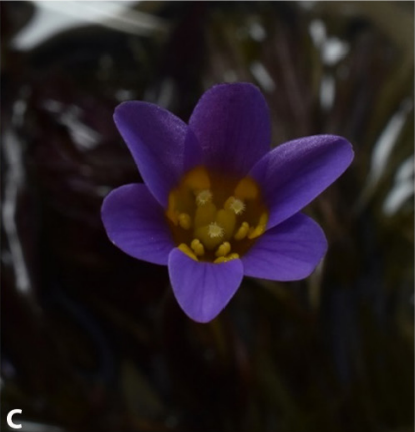Would history repeat? Detection of Cabomba furcata, a potential invasive plant in natural ecosystems of Sri Lanka
Alien invasive species are considered a serious threat to biodiversity, and all nations are gearing towards minimizing their impacts. Early detection and rapid response are identified as one of the most effective methods for minimizing their detrimental impacts. The present study reports the discovery of Cabomba furcata Schult. & Schult. f., a potential invasive plant, in the watercourses of Kalutara district, in the wet zone of Sri Lanka. Systematic random sampling was carried out along streams and water bodies where the initial population was detected. During the extensive field survey, in addition to the initially detected location, another location with the infestation was encountered. The distribution, type of the population (linear or clump), and the water flow rate (still to fast) were tested using Runs Test. The association between the water flow and the growth type of the population was tested using the Chi-squared test of independence. Based on the results of the Run’s test, the type of the population and the rate of the streamflow were non-random, thus following a systematic behavior. An association (p < 0.001) between the flow rate and type of the population was observed where moderate to fast flow rates promote clump growth in C. furcata. An association between the flow rate and both percentage cover and type of the population was also observed; still to moderate water flow was identified as the most suitable condition for the establishment and growth. The results indicated that C. furcata is well established in the two locations detected, thus posing a threat to the native freshwater aquatics. This information would be an eye opener for the authorities to initiate controlling and eradicating measures immediately. If not, this plant will extend its territory and invade other watercourses of the Kalutara district facilitated by frequent floods.

